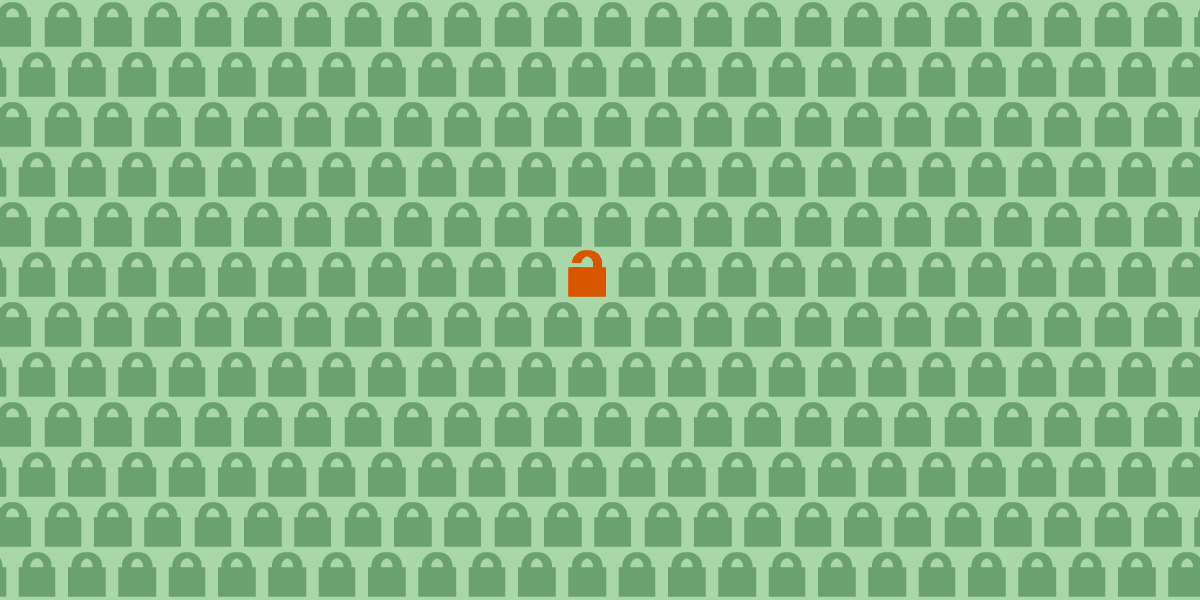|
Getting your Trinity Audio player ready...
|
If you listen to any podcast long enough, you will almost certainly hear an advertisement for a Virtual Private Network (VPN). These advertisements usually assert that a VPN is the only tool you need to stop cyber criminals, malware, government surveillance, and online tracking. But these advertisements vastly oversell the benefits of VPNs. The reality is that VPNs are mainly useful for one thing: routing your network connection through a different network. Many people, including EFF, thought that VPNs were also a useful tool for encrypting your traffic in the scenario that you didn’t trust the network you were on, such as at a coffee shop, university, or hacker conference. But new research from Leviathan Security demonstrates a reminder that this may not be the case and highlights the limited use-cases for VPNs.
TunnelVision is a recently published attack method that can allow an attacker on a local network to force internet traffic to bypass your VPN and route traffic over an attacker-controlled channel instead. This allows the attacker to see any unencrypted traffic (such as what websites you are visiting). Traditionally, corporations deploy VPNs for employees to access private company sites from other networks. Today, many people use a VPN in situations where they don’t trust their local network. But the TunnelVision exploit makes it clear that using an untrusted network is not always an appropriate threat model for VPNs because they will not always protect you if you can’t trust your local network.
TunnelVision exploits the Dynamic Host Configuration Protocol (DHCP) to reroute traffic outside of a VPN connection. This preserves the VPN connection and does not break it, but an attacker is able to view unencrypted traffic. Think of DHCP as giving you a nametag when you enter the room at a networking event. The host knows at least 50 guests will be in attendance and has allocated 50 blank nametags. Some nametags may be reserved for VIP guests, but the rest can be allocated to guests if you properly RSVP to the event. When you arrive, they check your name and then assign you a nametag. You may now properly enter the room and be identified as “Agent Smith.” In the case of computers, this “name” is the IP address DHCP assigns to devices on the network. This is normally done by a DHCP server but one could manually try it by way of clothespins in a server room.
TunnelVision abuses one of the configuration options in DHCP, called Option 121, where an attacker on the network can assign a “lease” of IPs to a targeted device. There have been attacks in the past like TunnelCrack that had similar attack methods, and chances are if a VPN provider addressed TunnelCrack, they are working on verifying mitigations for TunnelVision as well.
In the words of the security researchers who published this attack method:
“There’s a big difference between protecting your data in transit and protecting against all LAN attacks. VPNs were not designed to mitigate LAN attacks on the physical network and to promise otherwise is dangerous.”
Rather than lament the many ways public, untrusted networks can render someone vulnerable, there are many protections provided by default that can assist as well. Originally, the internet was not built with security in mind. Many have been working hard to rectify this. Today, we have other many other tools in our toolbox to deal with these problems. For example, web traffic is mostly encrypted with HTTPS. This does not change your IP address like a VPN could, but it still encrypts the contents of the web pages you visit and secures your connection to a website. Domain Name Servers (which occur before HTTPS in the network stack) have also been a vector for surveillance and abuse, since the requested domain of the website is still exposed at this level. There have been wide efforts to secure and encrypt this as well. Availability for encrypted DNS and HTTPS by default now exists in every major browser, closing possible attack vectors for snoops on the same network as you. Lastly, major browsers have implemented support for Encrypted Client Hello (ECH). Which encrypts your initial website connection, sealing off metadata that was originally left in cleartext.



